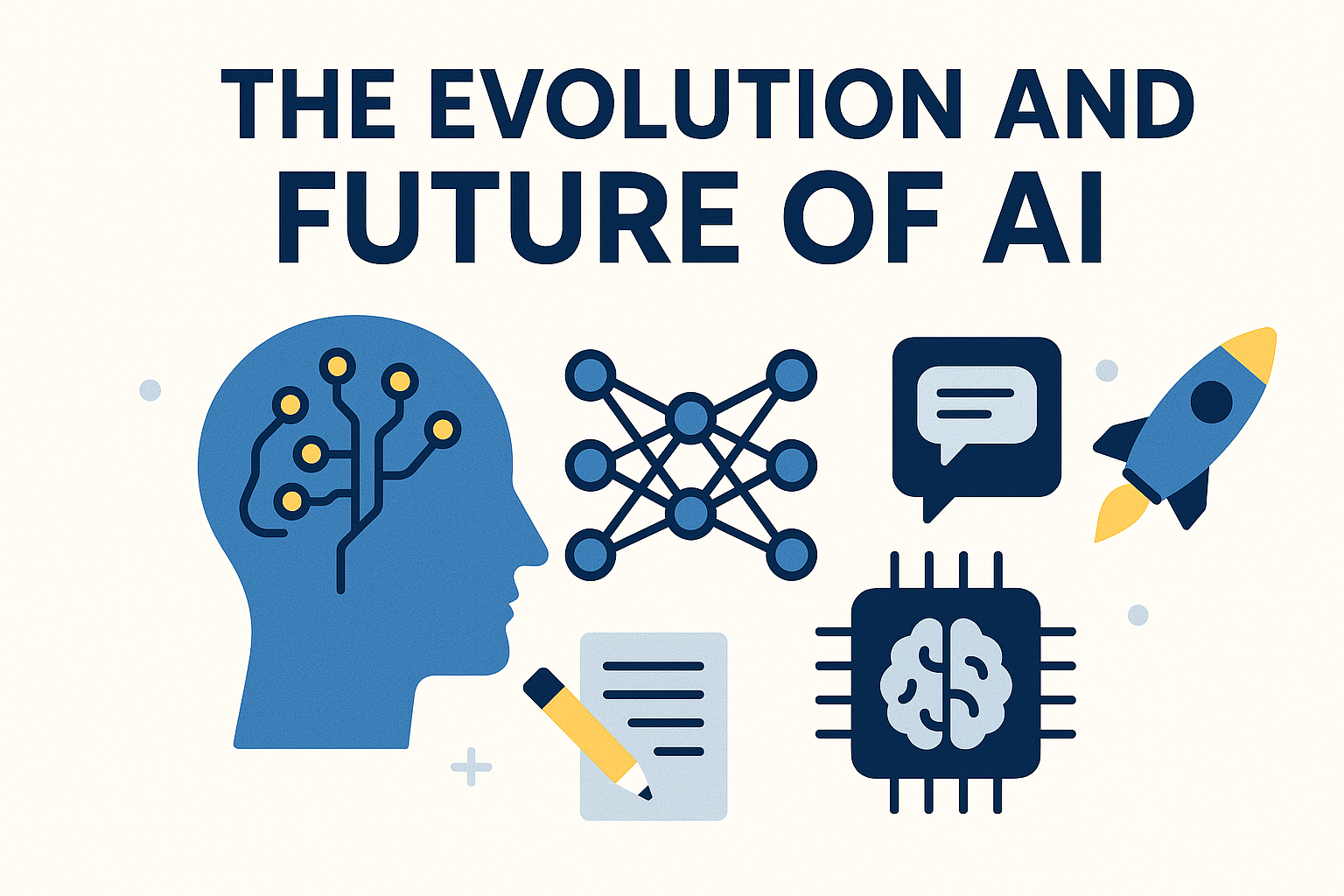The world of artificial intelligence can seem like an overwhelming web of buzzwords. AI, ML, DL, Generative AI, LLMs, and ChatGPT are often used interchangeably or thrown around without much clarity. In this blog post, we aim to break down each term in simple yet accurate language, explain how they relate to one another, explore real-world applications, and clear up common misconceptions.
1. Definitions: What Do These Terms Mean?
Artificial Intelligence (AI): AI is the broadest concept. It refers to machines or software that can perform tasks which typically require human intelligence. These tasks include reasoning, learning, problem-solving, perception, language understanding, and more. Think of AI as the umbrella under which all other terms fall.
Machine Learning (ML): ML is a subset of AI that involves algorithms that allow machines to learn from data and improve their performance over time without being explicitly programmed. ML is how most modern AI systems function.
Deep Learning (DL): DL is a subset of ML. It uses neural networks with many layers (hence “deep”) to analyze complex patterns in data. It’s especially powerful for tasks like image and speech recognition.
Generative AI: This refers to AI systems that can generate new content, such as text, images, music, or code. Generative AI models learn patterns from existing data and use that knowledge to produce original outputs.
Large Language Models (LLMs): LLMs are a specific type of Generative AI focused on understanding and generating human-like text. They are trained on vast datasets containing text from the internet, books, and more.
ChatGPT: ChatGPT is a practical application of an LLM developed by OpenAI. It’s designed to interact with users in a conversational manner and can assist with a wide variety of tasks, such as answering questions, drafting emails, and even writing code.
2. How Are They Connected?
The relationships can be visualized as nested layers:
- AI (broadest category)
- ML (subset of AI)
- DL (subset of ML)
- Generative AI (can use DL)
- LLMs (a specific kind of Generative AI)
- ChatGPT (a practical implementation of an LLM)
- LLMs (a specific kind of Generative AI)
- Generative AI (can use DL)
- DL (subset of ML)
- ML (subset of AI)
Each layer builds upon the one before it, with increasing specialization and complexity.
3. Real-World Use Cases
| Technology | Real-World Example |
|---|---|
| AI | Virtual assistants, fraud detection, recommendation systems |
| ML | Email spam filters, credit scoring, personalized ads |
| DL | Facial recognition, voice assistants, autonomous driving |
| Generative AI | Text-to-image tools (e.g., DALL\•E), music composition, writing prompts |
| LLMs | Auto-generating articles, summarizing documents, coding help |
| ChatGPT | Customer service bots, tutoring, brainstorming support |
4. Common Misconceptions
- AI and ML are the same thing: ML is a subset of AI, not the entire field.
- All AI is intelligent: Many AI systems are narrow and task-specific; they don’t possess human-like general intelligence.
- Generative AI always tells the truth: These models generate content based on patterns, not factual verification.
- ChatGPT is sentient or conscious: It’s a language model that mimics understanding but doesn’t possess awareness or consciousness.
5. Visual Summary
Here’s a simple hierarchy to visualize the relationships:
Artificial Intelligence
├── Machine Learning
├── Deep Learning
├── Generative AI
├── Large Language Models
└── ChatGPT6. The Role of ChatGPT in the Ecosystem
ChatGPT represents one of the most accessible and widely adopted examples of advanced AI. It leverages the power of LLMs to make human-like interaction with AI possible for the general public. Whether you’re a student, developer, marketer, or just curious, ChatGPT serves as a bridge between complex AI technologies and everyday utility.
Final Thoughts
Understanding the distinctions and connections between AI, ML, DL, Generative AI, LLMs, and ChatGPT helps demystify the tech that powers so many of today’s innovations. As this ecosystem evolves, so too will the ways we interact with and benefit from these technologies.
Stay curious and keep exploring!



